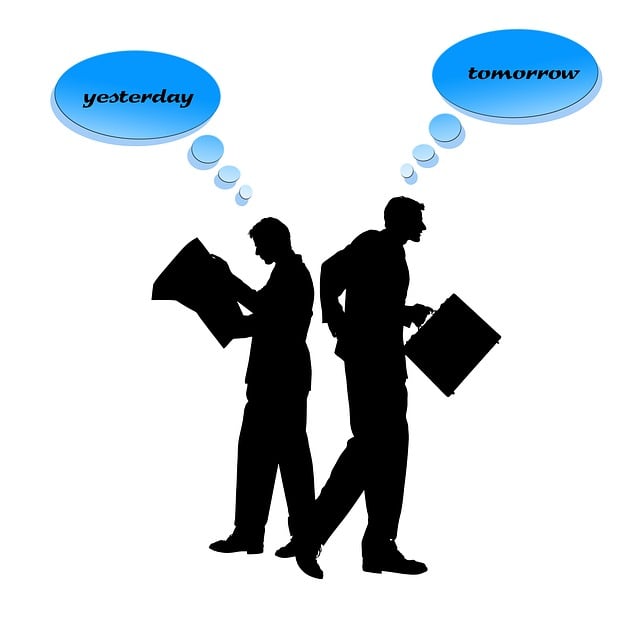Back in 2010 a livestream felt exotic. You clicked a grainy window, waited for buffering, and applauded when sound finally synced with lips. Fast-forward to today, and real-time video is no longer a novelty; it’s the background hum of workouts, concerts, parent-teacher nights, and even home shopping channels. What changed? Faster networks, better compression, and a push to make online experiences feel less like TV and more like being in the room. A clear example sits in a corner of interactive entertainment: open this website on your phone, and you’ll find table games hosted by real dealers whose moves hit your screen in about 300 milliseconds. Whether or not you play, the tech under the hood reveals where many other industries are heading.
Why We Crave “Right Now” Over “Almost Now”
A decade of social media trained us to expect immediate likes, comments, and emoji bursts. Delay feels wrong in the same way a pocket dial feels embarrassing. In retail, the difference between a five-second lag and near-instant checkout can reduce cart abandonment by double digits. Researchers at MIT call this temporal fidelity — the sense that digital space shares the same clock as physical space. The drive for fidelity isn’t confined to gaming. Doctors evaluating remote scans, teachers monitoring virtual classrooms, and musicians jamming across continents all benefit when 300 milliseconds becomes 100 milliseconds or less.
Behind the Curtain: A Simplified Tech Stack
Modern low-latency streaming is based on three pillars. Then there is adaptive bitrate encoding which breaks up video into micro-chunks and varies quality dynamically. Second, global edge caching; in data centers in regional hubs, thousands of kilometres are shaved off the path of packets. Thirdly, you have WebRTC which is an open protocol allowing browsers to establish peer-to-peer tunnels with very little server detours. All these components combine to give a dealer a card flip, or a lecturer a slide transition to a viewer in Mumbai and another in Manchester virtually at the same time.
Before comparing industries, it helps to translate jargon into tangible benefits. The table below lines up everyday scenarios with the slice of live-stream technology that powers them.
| Familiar Situation | Latency Target (ms) | Resulting Experience |
| Virtual fitness class | 150 | Instructor shouts “hold” exactly when you dip into a squat |
| Remote medical consult | 120 | No awkward overlap when patient and doctor speak |
| Interactive live-casino table | 200–300 | Bets lock before wheel spins; no visible lag |
| Parent-teacher video day | 400 | Audio stays clear; mild delay still acceptable |
| Live auction app | 80 | Bid button registers faster than a physical paddle |
Education Joins the Low-Latency Club
During pandemic lockdowns, most schools settled for 500-millisecond lag that made group discussions painfully slow. Upgraded campuses now use WebRTC-based software that syncs student audio inside 120 milliseconds and allows real-time quizzes where results populate live leaderboards. Teachers report fewer “Sorry, you go first” collisions, and class momentum resembles in-person sessions.
Commerce: From Tap to Doorbell
Retail livestreams on Southeast Asian platforms demonstrate another use case. Sellers hold flash sales where viewers type “+1” to claim a limited SKU. Orders funnel into an inventory app, print shipping labels, and trigger same-day dispatch: all while the stream continues. Conversion charts show impulse buys rise as latency falls; hesitation evaporates when confirmation graphics pop up instantly.
Families and Micro-Moments
Consider grandparents watching a toddler’s first steps via a mobile camera. A 400-ms lag can make emotion feel second-hand: they clap after the child sits down. Edge delivery trims that lag to 150 ms, making applause land almost in sync with your own. The difference may seem trivial, but to distant relatives it bridges oceans.
Security and Trust in Live Environments
The low latency implies short time for packet inspection, and people raise their eyebrows concerning safety. Combining the on-premises camera feeds and cloud encryption, live-casino platforms reduce risk. Immediately after video frames have been encoded, they are wrapped with AES-256-wrap; the stream can no longer be read by man-in-the-middle attackers. AI anomaly detectors are keeping an eye on hand history in real-time: when the roulette wheel turns slowly, alerts are set off within a few seconds.
Cost Curve: Who Pays for the Speed?
Bandwidth prices fell roughly 30 percent over the last five years, but ultra-low-latency computing still costs more than ordinary CDN streaming. Providers typically offset that by selling interaction: tipping tokens for concerts, premium consultation slots for telehealth, or side bets at live tables. Users accept micro-fees because the upgraded immediacy feels closer to the real world than any pre-recorded substitute.
Environmental Footprint — A Nuanced Picture
Faster streams need more nodes, more power, and more cooling. Yet they also cut travel carbon. A 100-person hybrid conference with 4 K low-latency video saves about 20 tonnes of CO₂ compared to flying delegates across continents, even after counting data-center emissions. Corporations now factor these avoided tonnes into ESG reporting, framing live tech as both cost-savvy and climate-friendly.
What Comes Next? Haptic and AR Layers
Engineers predict that sub-50-millisecond latency could let surgeons feel remote tissue resistance via haptic gloves or allow chess fans to move real pieces mirrored by robotic arms in a commentator booth. Apple’s Vision Pro and similar headsets target that threshold; any longer and motion sickness kicks in. The same edge nodes that power interactive croupiers will likely feed these immersive rooms.
Takeaways for Everyday Users
- If a livestream offers “ultra-low-latency” mode, toggle it when interaction—not passive viewing—matters.
- Check for the padlock icon when money changes hands; speed and security should coexist.
- Mind data caps; adaptive bitrate may spike usage if you sit near a 5 G tower.
Closing Reflection
We’re drifting toward a world where “live” means “right now, together,” not “twenty seconds after the TV truck edit.” Whether it’s a roulette spin, a virtual gym burpee, or a bedtime story to traveling parents, near-instant video swaps passive watching for shared moments. Next time you open a stream and the host’s greeting seems to land in your living-room air, remember: a mesh of codecs, edge servers, and clever protocols just shrank the planet by a blink — and invites you to take part rather than sit back.
Photo by Michał Parzuchowski on Unsplash (Free for commercial use)
Image Published on on July 20, 2021




